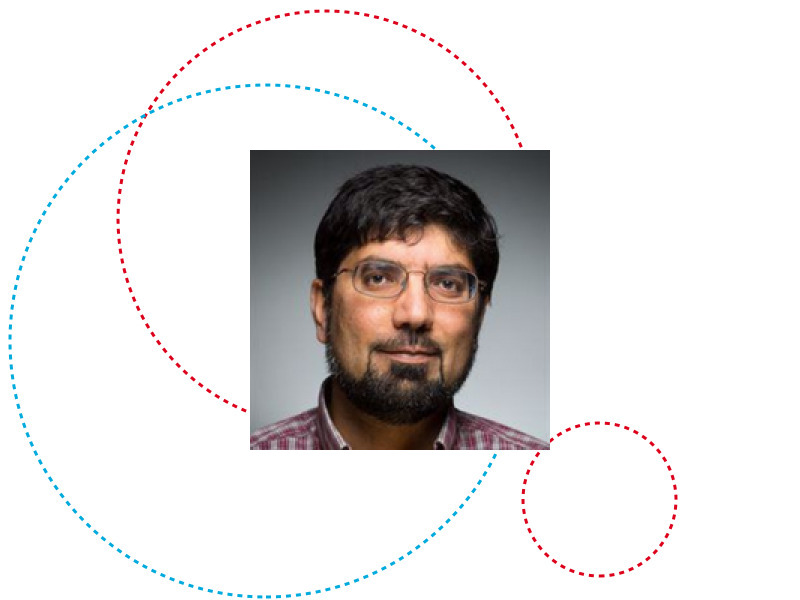The SPARC research group, invites you all to join on for a fascinating presentation on « Ultra-low Phase Noise Quantum Enabled Networked Staring Radar Testbed » by JFK, room, taking place at E04-413 10:30-12:00 from .
Abstract: University of Birmingham are leading the development of ultra-stable Quantum timing devices. Accurate timing is central to most modern communication, navigation, and sensing systems. For radar this means the advent of ultra-low phase noise quantum oscillators that can transform detection of small objects such as drones and provide a means for mapping and characterizing low to medium airspace in urban environment that present significant challenge. This seminar will discuss the development of this work and the installation of a dual radar testbed which will integrate quantum oscillators to greatly enhance the radar’s performance. The testbed will be used to investigate monostatic, bistatic and multistatic processing techniques and thereby provide an invaluable resource for supporting research in a range of industrial applications for ultra-low phase noise multistatic radar.
Short Bio: Mohammed Jahangir (B.Sc. Ph.D., C.Eng, MIET) is the lead senior research fellow at the University of Birmingham Quantum Technology Hub Timing and Navigation programme. He is responsible for the development of a fully coherent quantum enabled networked staring radar. Having graduated with 1st class honors from Imperial College he joined the UK MoD research center in Worcestershire to embark on a research career on surveillance radars. He obtained his PhD from UCL in 2000 on coherent radar clutter statistics. He has three decades experience of working on many aspects of surveillance systems for both defenses and the civil sector. He has widely collaborated with academia and industry in his pursuit to drive innovation in radar techniques. In 2013 he joined Aveillant Limited in Cambridge to be the R&D lead for the staring holographic radar and was recognized as a world leading expert on wind farm mitigation and counter drone surveillance. His current focus is on multi-function high-fidelity quantum-enabled networked radar that harnesses persistent dwell to track difficult targets in complex clutter environment. He has several patents, authored three book chapters and published over 60 journal and conference papers. He has served as TPC and track chairs on several of the international radar conferences and has organized special sessions and delivered tutorial and workshop on drone detection and surveillance. He is the chair of the EMSIG UK Radar Society ASPIRE focus group, serves as a PRI for the IET Chartership registration and is a keen STEM ambassador.
